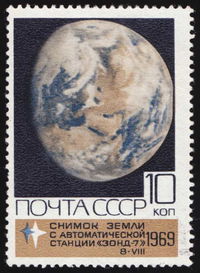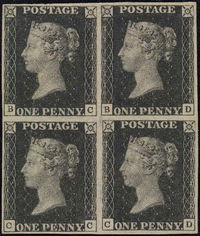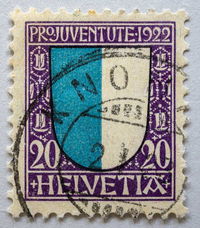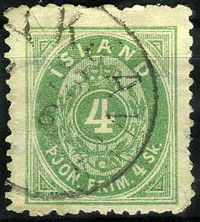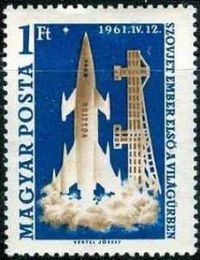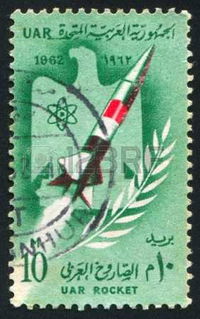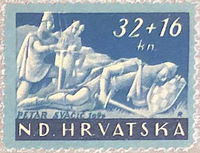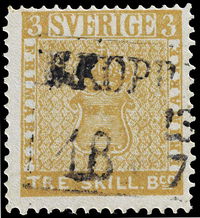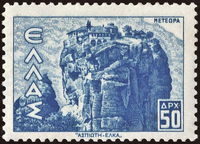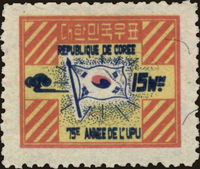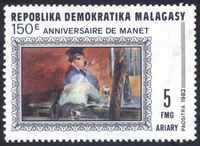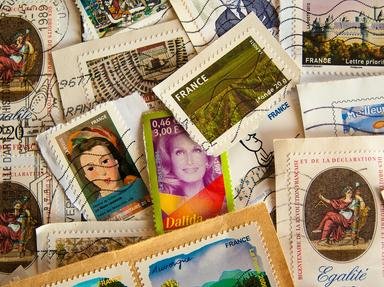
Stamping Letters Trivia Quiz
Postage stamps have been around since 1840. The images show a selection of stamps that do not use the current English name for the issuing country (sometimes a former country). Match the country to the correct stamp.
by suomy.
Estimated time: 3 mins.
- Home
- »
- Quizzes
- »
- Hobbies Trivia
- »
- Collectibles
- »
- Stamps
